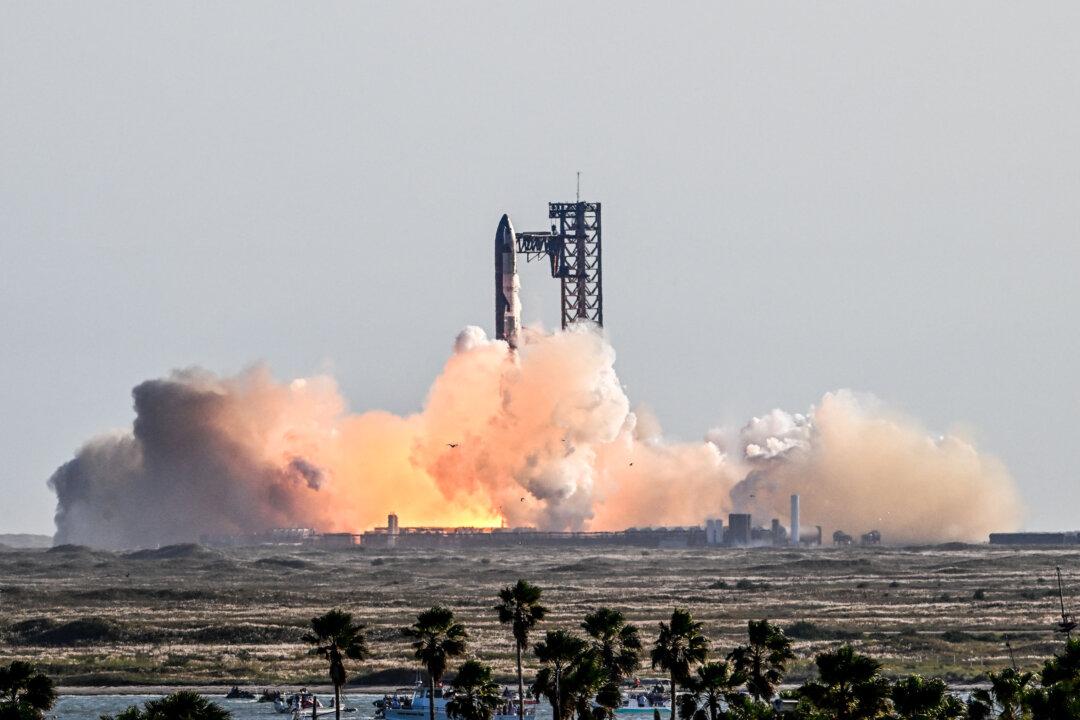SpaceX’s latest Starship rocket launched successfully from Boca Chica, Texas, on Nov. 19, but the aerospace company was unable to return the craft’s booster to the launchpad after doing so for the first time in October.
The launch was Starship’s sixth test flight, taking off from SpaceX’s Texas launch facilities at 5 p.m. EDT. Elon Musk, CEO of SpaceX, detailed the objectives for Starship Flight 6 in a post on X.





